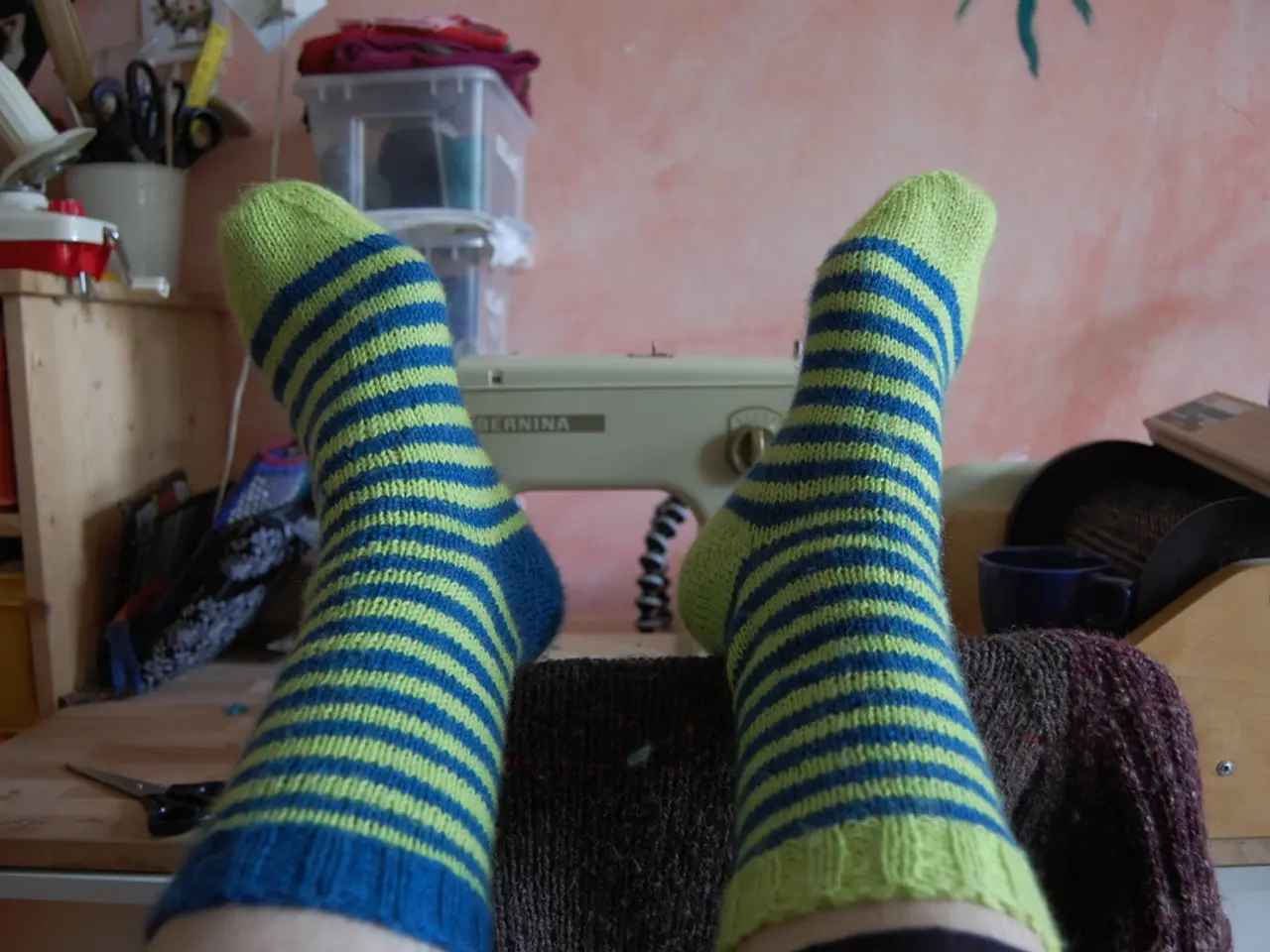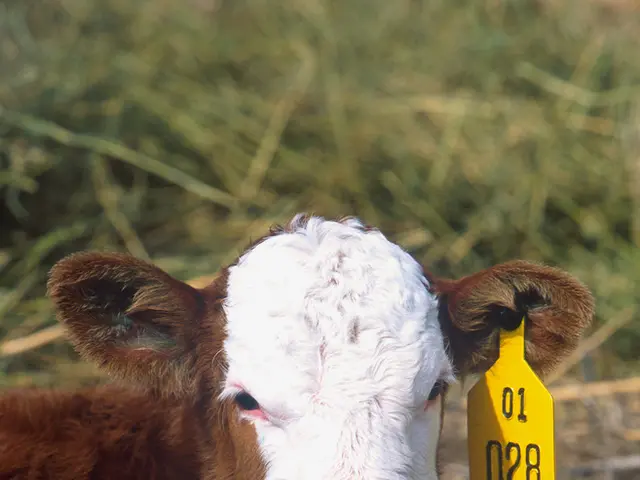Essential Elements Worth Noting on How Artificial Intelligence May Reshape the Landscape of Fashion Accessory Designs
In the ever-evolving world of fashion, Artificial Intelligence (AI) is making a significant mark on the accessories industry. From design to marketing, AI is reshaping how fashion accessories are conceptualized, produced, and consumed.
Predictive Trend Forecasting
AI analyzes vast datasets of fashion trends, consumer behaviors, and preferences using machine learning to accurately predict upcoming styles. This helps designers create accessories that align with emerging trends, reducing guesswork and overproduction.
Personalized Design Solutions
AI-driven algorithms generate hyper-personalized designs by learning from individual customer data and preferences. Designers can use these insights as inspiration to develop unique, customized accessories that cater to specific consumer niches.
Efficient Prototyping
AI integrated with digital tools and 3D garment design software accelerates prototyping, allowing designers to create, visualize, and modify accessory designs virtually before physical production. This reduces costs and development time.
Sustainability
AI supports sustainable fashion by optimizing resource use, minimizing waste, and enabling circular fashion models. It predicts demand more accurately, preventing overproduction and promoting eco-friendly material choices.
Smart Inventory Management
AI monitors sales patterns and customer preferences in real-time, optimizing inventory levels and reducing excess stock, thus enhancing supply chain efficiency and lowering environmental impact.
Quality Control
AI leverages computer vision and anomaly detection algorithms to identify defects and maintain high quality standards in fashion accessories manufacturing. This ensures consistency and reduces returns. AI-based quality control systems can be especially beneficial for small-scale production, as they offer cost-effective solutions for thorough inspection.
Virtual Try-Ons
Using computer vision and augmented reality, AI enables consumers to virtually try on accessories like glasses, watches, or jewelry via mobile apps or e-commerce platforms. This enriches the shopping experience and lowers return rates.
AI-Powered Marketing
AI tools automate content creation, segment audiences precisely, and personalize marketing campaigns, boosting engagement and sales. Chatbots serve as virtual fashion advisors, improving customer service efficiency.
Pricing Optimization
AI analyzes market trends, competitor pricing, and consumer behavior to dynamically adjust prices, maximizing profitability and market competitiveness.
Democratization of Fashion Design
AI tools are increasingly accessible to non-expert users, enabling independent designers and consumers to create and customize accessories without deep technical skills. This democratizes creativity and broadens participation in fashion design.
Together, these AI-driven advancements are reshaping the fashion accessories industry, fostering innovation, customization, sustainability, and efficiency throughout the industry.
Read also:
- VinFast's debut EV plant in India, Tata Harrier EV distribution starts, next-gen Mahindra Bolero sightings caught on camera
- Ford accelerates electric vehicle production with a $2 billion restructuring of its Kentucky factory.
- Hybrid Vehicle Highlights: The Link Between a $35,000 Toyota Corolla Cross and a $140,000 Lexus LX 700h in Toyota's Lineup
- Saudi Secures $83 Million Expansion Funding for its Multi-Platform Car Rental and Mobility Service








